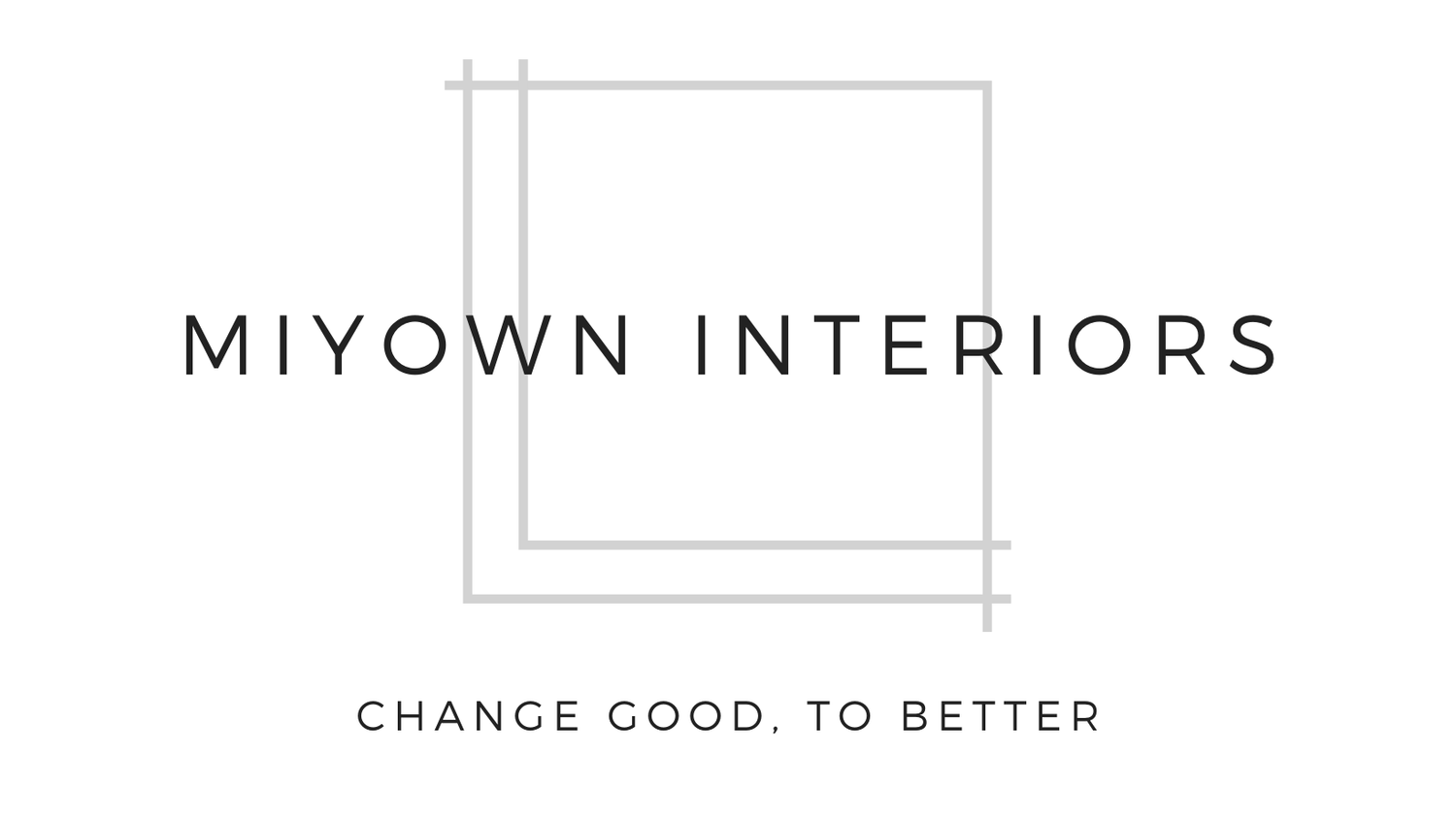THE BIG QUESTION
-
The terms “Interior Designer” and “Interior Decorator” are often used interchangeably, as if they are identical professions, but while both have the ability to create beautiful rooms and their roles often overlap, there are fundamental differences between them:
Interior Architect and Interior Designer
The professional interior architect/ designer is a person qualified by education, experience and recognised skills. This profession is the art of coordinating and managing projects to create a functional, but also pleasing space within a building. An interior architect/designer, therefore:
identifies, researches and creatively solves problems pertaining to the function and quality of the interior environment,
performs services relative to interior spaces including programming, design analysis, space planning, aesthetics and inspection of work on site using specialised knowledge of interior construction, building systems and components, building regulations, equipment, materials and furnishings,
prepares technical drawings and documents relative to the design of interior spaces, in order to enhance the quality of life and protect the health, safety and welfare of the public;
knows what it takes to design a healthy workplace, with higher efficiencies, functionality and beauty that reflects the clients’ needs and brand in a unique and specific way.
Interior Decorator
The professional interior decorator is a person qualified by education, experience and recognised skills. However, an interior decorator is not required to take any formal training or schooling. This professional mainly involves individual talent or skills to work with fabrics, room layouts and furniture styles. They give a room personality and can help clients choose colours, purchase furniture and household accessories. An interior decorator, therefore:
is primarily concerned with the functional and decorative planning of the interior of a structure;
applies decorating principles to beautify a space by planning the layout of the area, taking the activities of the area into consideration;
styles a room by selecting and placing furniture, accessories and decorative finishes such as cushions, lampshades and window treatments.
MIYOWN INTERIORS is an interior designing firm not an interior decorating firm.
-
Some clients are frightened off by the perceived costs of using an Interior Designer or Decorator believing that they are outrageously expensive and are only intent on impressing their own style on your residence/office space.
However, not using a designer can work out costlier in the long run, as well as time-consuming and stressful. Clients do not always have the time to explore the endless possibilities available to create their dream environments. Trying to choose from among the myriad of products offered in stores and publications is confusing and overwhelming. The end result of a do-it-yourself job is often a dreadful mistake that is even more expensive to undo.
Using the services of a professional designer is therefore highly recommended. Every designer is unique and their charges vary according to their knowledge and experience so that you should be able to find a designer that meets your needs.
Here are some guidelines to follow:
Budget:
A professional designer will help clients to find the best value and quality. They should consider all of the client’s ideas and find ways for them to achieve their goals.
Contract Terms:
The contract should outline not only the legal terms but also the plans that you and your designer have discussed.
-
The ideal is to find a trained professional with expertise, creative flair, extensive knowledge of their own and associated industries, a network of proven suppliers and who is capable of completing the job on time and to budget. Always ask to see a portfolio of work that they have completed. All designers develop their own personal style, which is evident in their portfolio.
-
Share your ideas with the designer and give them as much information about your requirements as possible, including your particular likes and dislikes, so that these can be incorporated into the design. Ask lots of questions to establish whether the designer is able to accurately interpret your brief. Thereafter trust the designer to use his/her experience, talent and vision to bring your dream to reality.
-
Consultation Fee
An initial consultation fee is usually charged at an hourly rate and is applicable until the client and the designer reach an agreement for the proposed work and sign a contract.
Design Fee
An hourly design fee is charged for layout and perspective drawings. Costs are based on the time and effort required. These are time-consuming, so clarify the design fee upfront.
Project Management Fee
This is levied for overseeing construction and site management of the project. The percentage charged will depend on the amount of time and expertise required. Travelling expenses are levied if the designer is required to work out of town or on international projects.
Payment of Fees
These can be levied according to the various stages of the project. Usually a 50% advance deposit is required and the balance is paid on invoice.
